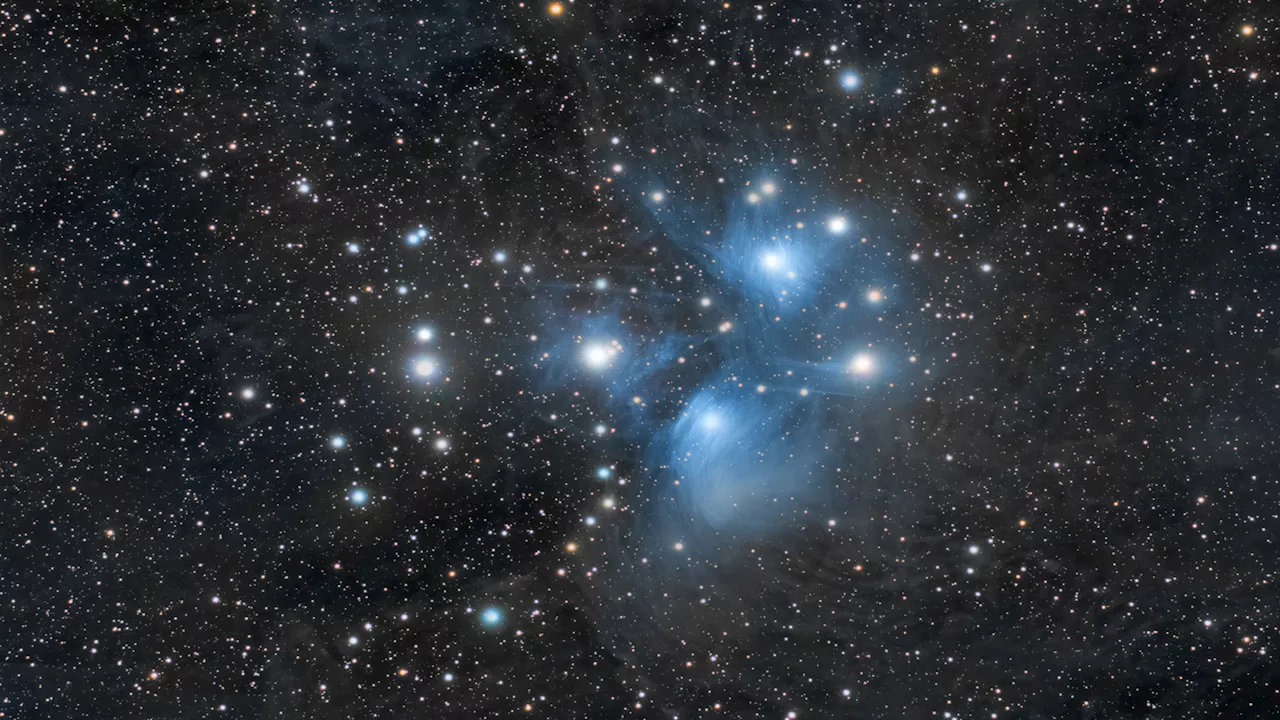Scientists have identified Quipu, a vast network of galaxy clusters and superclusters spanning 1.3 billion light-years, potentially making it the longest structure in the universe. This discovery, published on arXiv, highlights the intricate nature of the cosmos and its evolution.
Astronomers have identified what could be the largest structure ever observed in the known universe—a vast network of galaxy clusters and superclusters containing an astonishing 200 quadrillion solar masses. Named Quipu, the structure takes inspiration from the ancient Incan system of recording numbers using knotted cords.Much like a Quipu cord, the structure is intricate, consisting of a central filament with multiple branching strands. Spanning approximately 1.
The structures in the new study were found between 425 million and 815 million light-years from Earth. Previous research suggests that even larger structures may exist farther out in the universe. Currently, the Hercules Corona-Borealis Great Wall, a massive concentration of matter about 10 billion light-years away, holds the title for the largest known structure, though its existence is still debated.
SUPERSTRUCTURES COSMICSTRUCTURE GALAXYCLUSTERS GRAVITATIONALLENSING HUBBLECONSTANT
United States Latest News, United States Headlines
Similar News:You can also read news stories similar to this one that we have collected from other news sources.
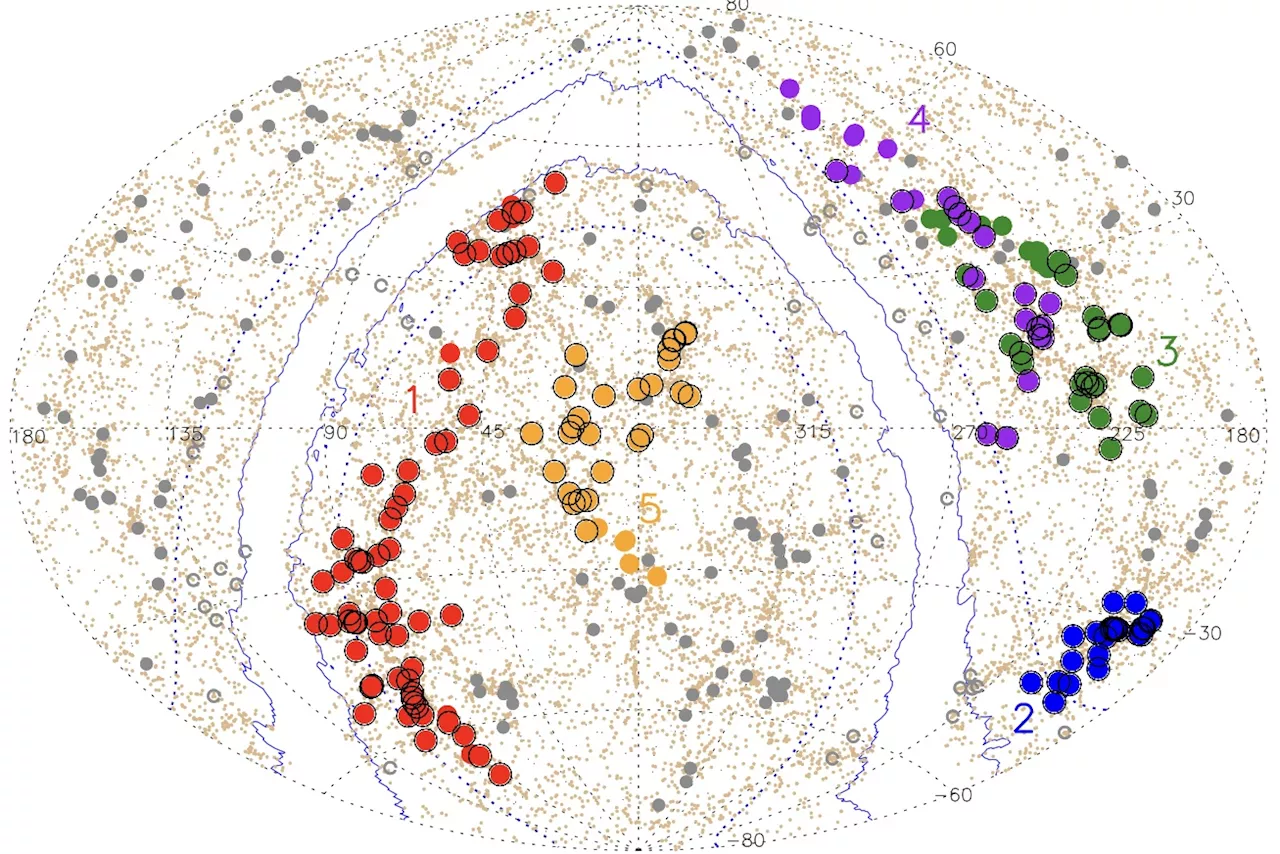 Astronomers Discover Largest Structure in the UniverseAstronomers have discovered the largest structure in the Universe, named Quipu, containing 200 quadrillion solar masses and spanning over 1.3 billion light-years. The discovery of this massive superstructure, along with four others, challenges our understanding of cosmic evolution and highlights the influence of large-scale structures on cosmological observations.
Astronomers Discover Largest Structure in the UniverseAstronomers have discovered the largest structure in the Universe, named Quipu, containing 200 quadrillion solar masses and spanning over 1.3 billion light-years. The discovery of this massive superstructure, along with four others, challenges our understanding of cosmic evolution and highlights the influence of large-scale structures on cosmological observations.
Read more »
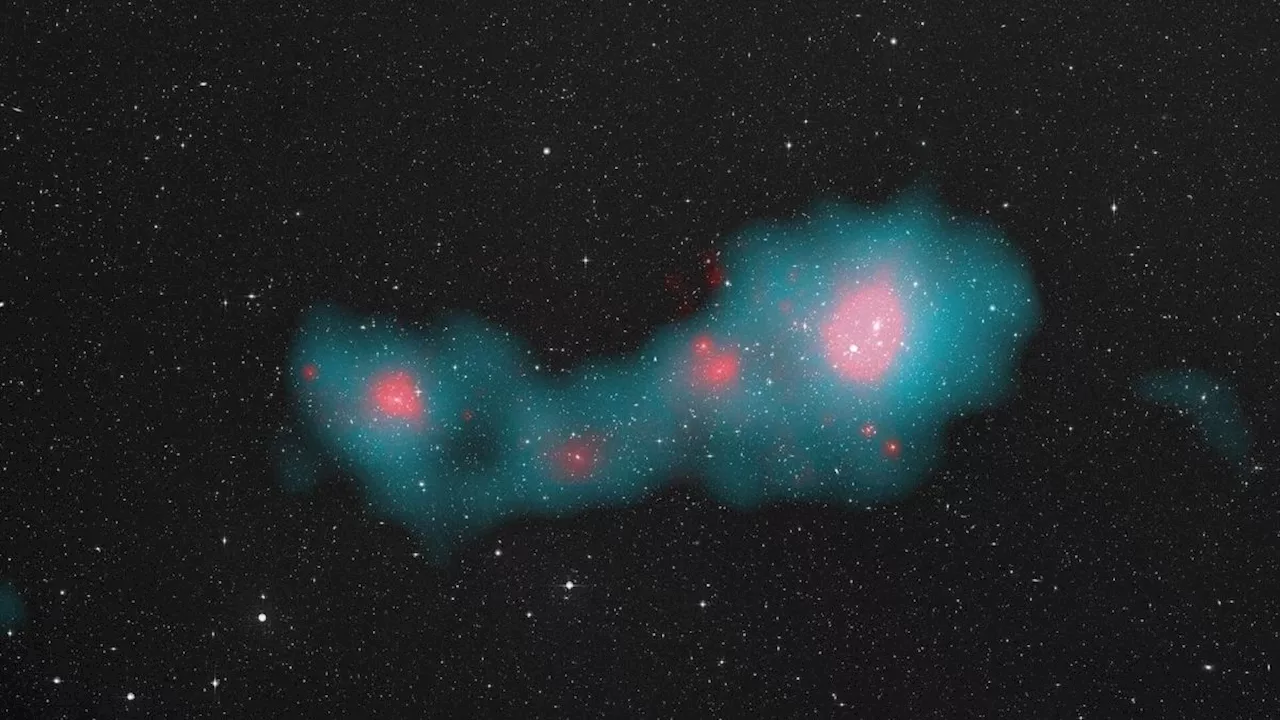 Astronomers discover 'Quipu', the single largest structure in the known universeStephanie Pappas is a contributing writer for Live Science, covering topics ranging from geoscience to archaeology to the human brain and behavior.
Astronomers discover 'Quipu', the single largest structure in the known universeStephanie Pappas is a contributing writer for Live Science, covering topics ranging from geoscience to archaeology to the human brain and behavior.
Read more »
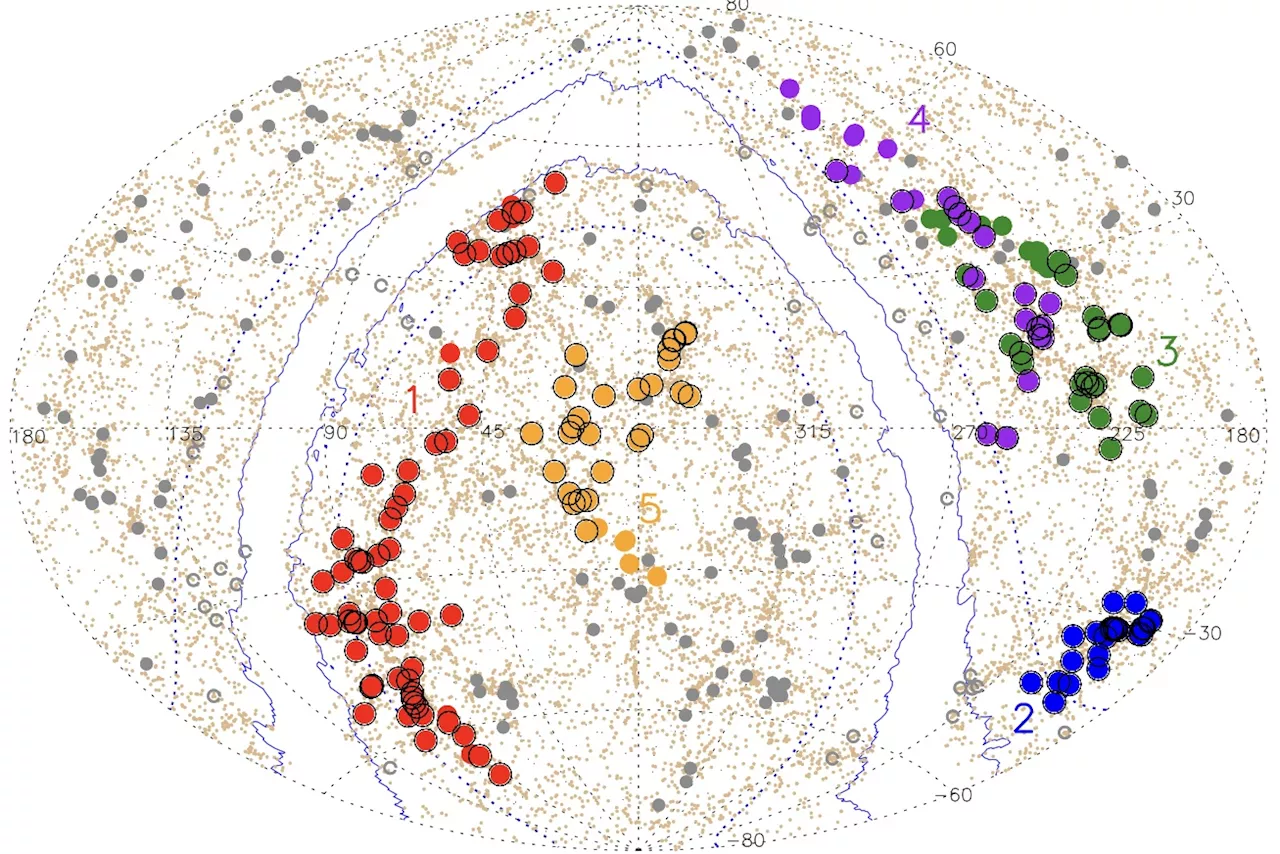 Astronomers Find the Largest Structure in the Universe and Name it 'Quipu'New research identified five new superstructures, the largest structures in the Universe. The largest contains 200 quadrillion solar masses.
Astronomers Find the Largest Structure in the Universe and Name it 'Quipu'New research identified five new superstructures, the largest structures in the Universe. The largest contains 200 quadrillion solar masses.
Read more »
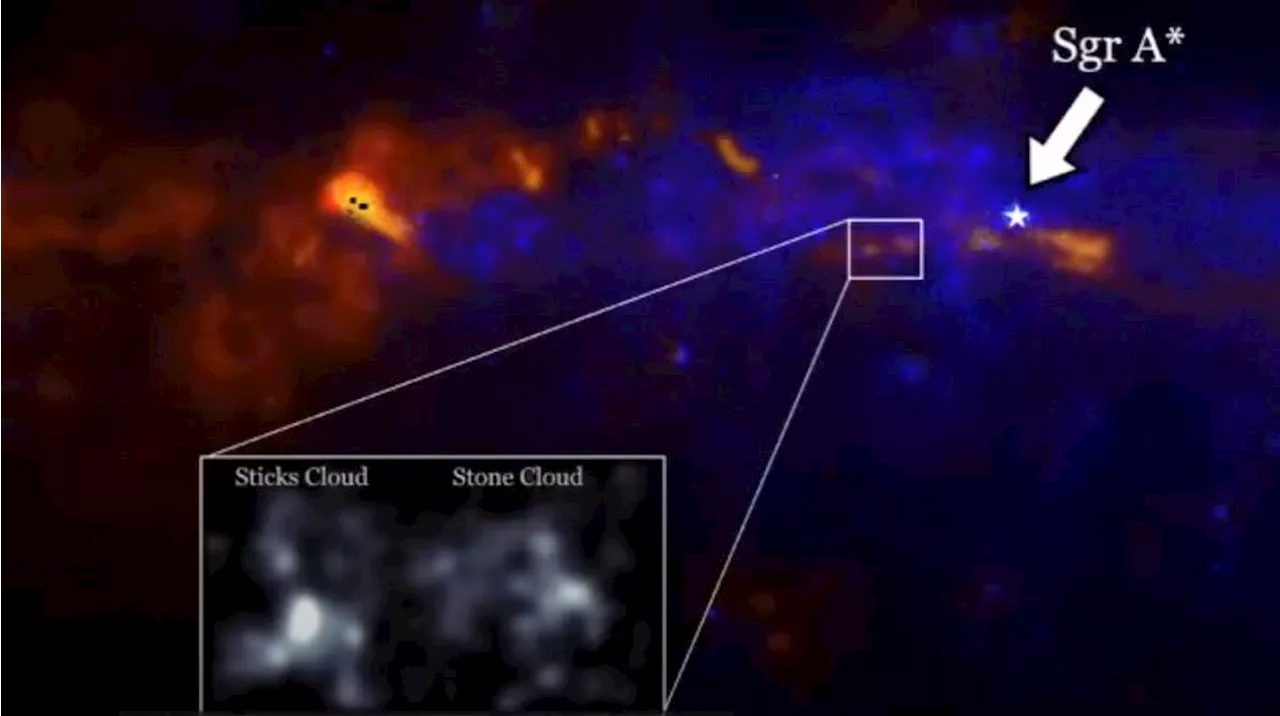 Astronomers Map 3D Structure of Giant Molecular Clouds in Milky Way's CenterUsing decades of X-ray observations, astronomers have created the first 3D maps of two giant molecular clouds, 'Sticks' and 'Stones', located in the Milky Way's Central Molecular Zone (CMZ). This extreme environment, influenced by the supermassive black hole Sgr A*, allows for unique insights into star formation and the interaction of gas clouds with intense X-ray radiation.
Astronomers Map 3D Structure of Giant Molecular Clouds in Milky Way's CenterUsing decades of X-ray observations, astronomers have created the first 3D maps of two giant molecular clouds, 'Sticks' and 'Stones', located in the Milky Way's Central Molecular Zone (CMZ). This extreme environment, influenced by the supermassive black hole Sgr A*, allows for unique insights into star formation and the interaction of gas clouds with intense X-ray radiation.
Read more »
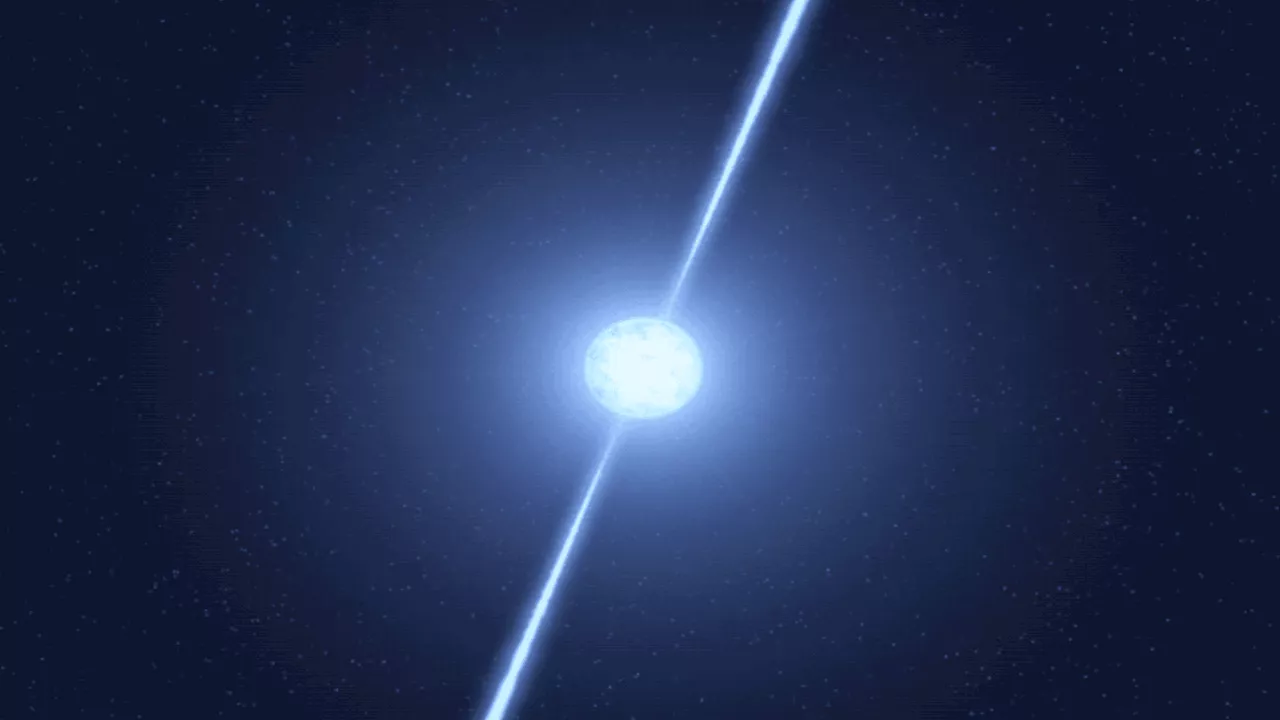 Sloth of the Skies: Astronomers Discover the Slowest Spinning PulsarScientists at the University of Sydney have identified a new type of neutron star that rotates incredibly slowly, taking 6.45 hours to complete one rotation. This discovery challenges conventional understanding of pulsars, which are typically known for their rapid spinning. ASKAP J1839-075, as this peculiar neutron star is called, emits radio waves at a pace never before observed, potentially rewriting our knowledge about stars.
Sloth of the Skies: Astronomers Discover the Slowest Spinning PulsarScientists at the University of Sydney have identified a new type of neutron star that rotates incredibly slowly, taking 6.45 hours to complete one rotation. This discovery challenges conventional understanding of pulsars, which are typically known for their rapid spinning. ASKAP J1839-075, as this peculiar neutron star is called, emits radio waves at a pace never before observed, potentially rewriting our knowledge about stars.
Read more »
 Astronomers Discover Fastest Jet Stream Ever Recorded on an ExoplanetAstronomers using the European Southern Observatory's Very Large Telescope have detected extremely powerful winds on WASP-127b, a giant exoplanet. These supersonic winds, reaching speeds up to 33,000 km/h, are the fastest jet stream ever measured on a planet, providing unique insights into the weather patterns of a distant world.
Astronomers Discover Fastest Jet Stream Ever Recorded on an ExoplanetAstronomers using the European Southern Observatory's Very Large Telescope have detected extremely powerful winds on WASP-127b, a giant exoplanet. These supersonic winds, reaching speeds up to 33,000 km/h, are the fastest jet stream ever measured on a planet, providing unique insights into the weather patterns of a distant world.
Read more »
